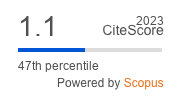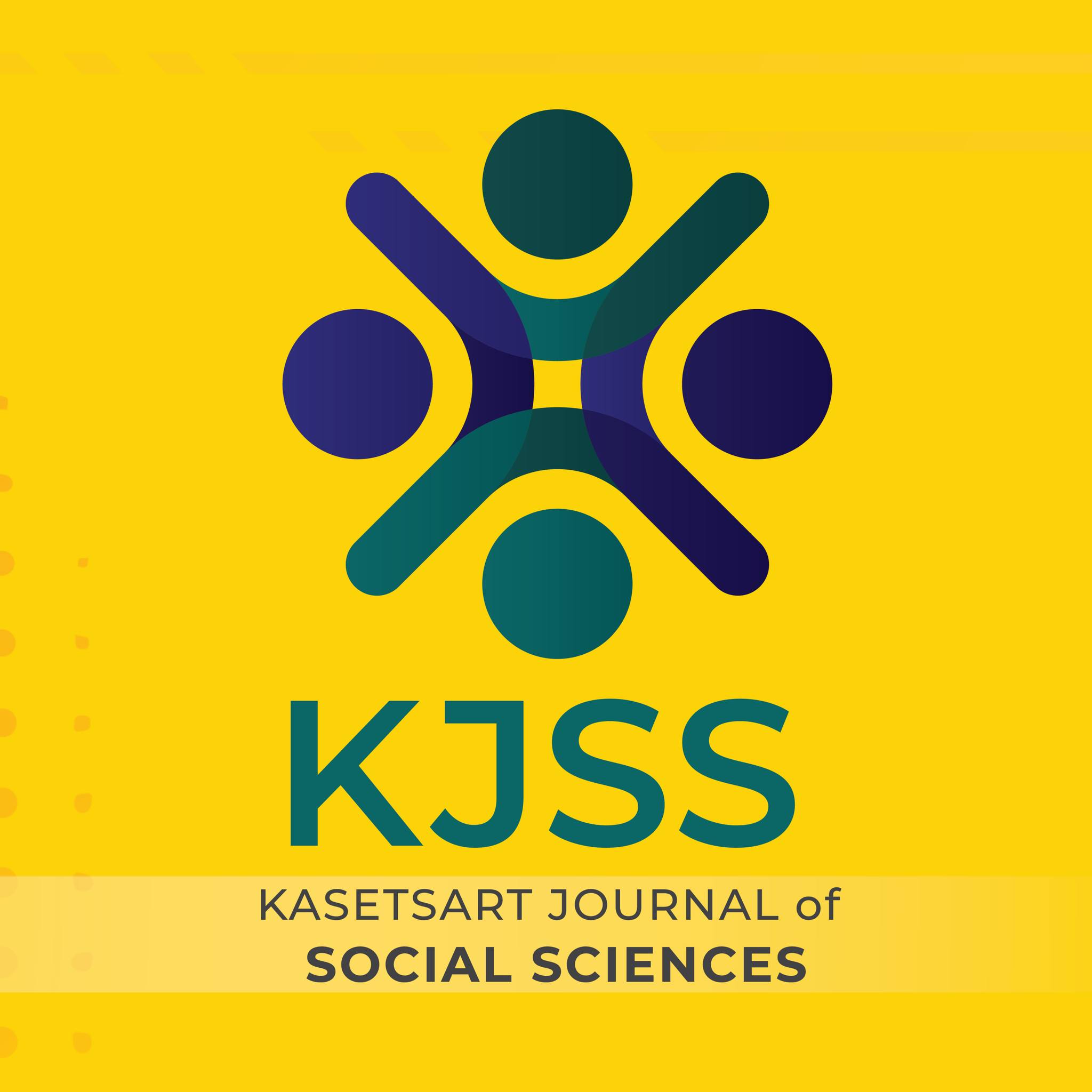Status and Utilization of Forest Products in Ban Pu-Tei Community Forest: Participatory Case Study
Keywords:
community forest, forest products, plants diversityAbstract
The objectives of this study were: 1) to assess community forest status focusing on species diversity of plants, and 2) to study community utilization of forest products. Assessment of community forest status was achieved through a participatory process involving the end block method, the rapid ethnobotanical appraisal (REA) method, and forest walk survey. The features of plant communities principle was employed to analyze the data with the Shannon-Wiener index of diversity. Distribution of plant communities was displayed with 2 graphs of relationship: relationship between class of diameter size and the number of trees; and relationship between class of height and number of trees. Community utilization of forest products was studied with the 100 household representatives by structured interviews followed by a focus group of local wisdoms. Content analysis was employed to analyze the data on utilization of forest products. It was revealed from this study that the participatory process helped to stimulate community understanding and awareness of forest value. Through the participatory process, the community members realized their problem and became involved in the planning as well as problem solving with regard to community forest management. Ban Pu-Tei community forest diversity represented approximately 141 different species, 107 genus, and 60 families of plants. Distribution of plants according to diameter size was in the form of L›Shape, indicating a relatively stable condition. As for utilization of forest products, the community made variety use of wild plants. Utilized products were found most as herbal plants, followed by vegetables for consumption, and genetic plants. In addition, indirect utilization of forest products was found significantly linked to local socioeconomic way of life.
Downloads
Published
How to Cite
Issue
Section
License
This is an open access article under the CC BY-NC-ND license http://creativecommons.org/licenses/by-nc-nd/4.0/









